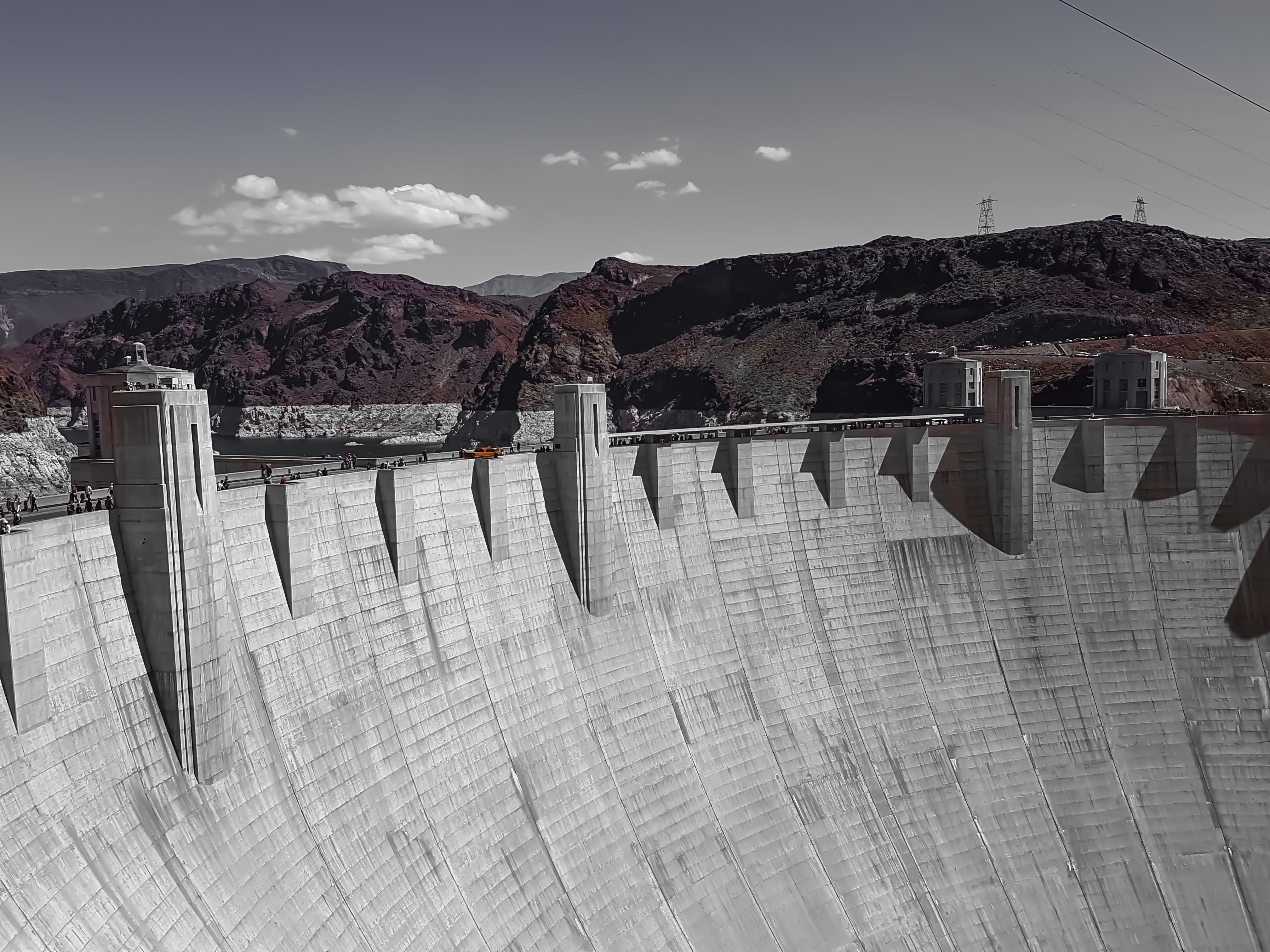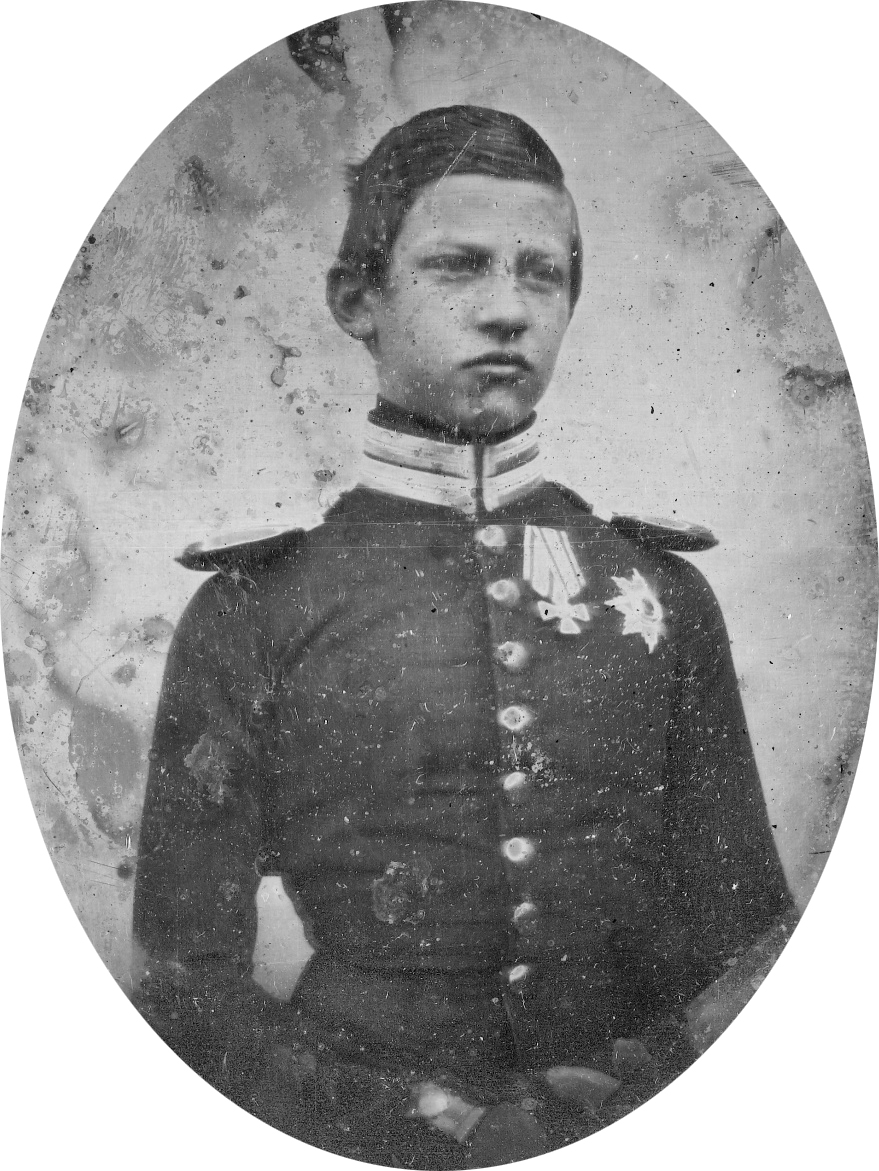|
Crown Prince Bridge
The Crown Prince Bridge (german: Kronprinzenbrücke) is a road bridge over the River Spree in the city of Berlin. It links the Berlin quarters of Mitte and Tiergarten with the parliamentary quarter within the borough of Bezirk Mitte. The structure carries ''Konrad-Adenauer-Straße'' – the continuation of ''Reinhardtstraße'' – which has two vehicle lanes as well as cycleways and footpaths on both carriageways. Immediately on the western end of the bridge is the children's nursery of the German Bundestag and the Spreebogenpark. History Its predecessor was a wooden bascule bridge built in 1709 below the Schönhauser Graben stream and known as the Unterbaum Bridge. In 1828 it was moved upstream and modified. From 1877 to 1879 a new bridge was built on the western Kronprinzenufer bank, and was named after the then German crown prince, Frederick William. The structure was a cast iron, timber framed, arch bridge with three arches and a width of 22 metres. The centre arch ha ... [...More Info...] [...Related Items...] OR: [Wikipedia] [Google] [Baidu] |
River Spree
Spree may refer to: Geography * Spree (river), river in Germany Film and television * '' The Spree'', a 1998 American television film directed by Tommy Lee Wallace * ''Spree'' (film), a 2020 American film starring Joe Keery * "Spree" (''Numbers''), an episode of the television show ''Numbers'' * "Spree!", an episode of '' Hi Hi Puffy AmiYumi'' * Spree TV, a former shopping television channel in Australia * The Spree, a terrorist group of witches in '' Motherland: Fort Salem'' Other uses * Spree (candy), a type of candy * Honda Spree, a motor scooter * Killing spree * Latrell Sprewell (born 1970), nicknamed "Spree", American basketball player * Spree Commerce, an open-source e-commerce platform * SpringSpree, the annual cultural festival of the National Institute of Technology, Warangal, India * UNSW School of Photovoltaic and Renewable Energy Engineering (SPREE), at the University of New South Wales, Australia See also * Spree shopping * Shopping spree (disambiguation ... [...More Info...] [...Related Items...] OR: [Wikipedia] [Google] [Baidu] |
Abutment
An abutment is the substructure at the ends of a bridge span or dam supporting its superstructure. Single-span bridges have abutments at each end which provide vertical and lateral support for the span, as well as acting as retaining walls to resist lateral movement of the earthen fill of the bridge approach. Multi-span bridges require piers to support ends of spans unsupported by abutments. Dam abutments are generally the sides of a valley or gorge, but may be artificial in order to support arch dams such as Kurobe Dam in Japan. The civil engineering term may also refer to the structure supporting one side of an arch An arch is a vertical curved structure that spans an elevated space and may or may not support the weight above it, or in case of a horizontal arch like an arch dam, the hydrostatic pressure against it. Arches may be synonymous with vau ..., or masonry used to resist the lateral forces of a vault.Pevsner, N. (1970) ''Cornwall''; 2nd ed. Harmo ... [...More Info...] [...Related Items...] OR: [Wikipedia] [Google] [Baidu] |
Bridges In Berlin
A bridge is a structure built to span a physical obstacle (such as a body of water, valley, road, or rail) without blocking the way underneath. It is constructed for the purpose of providing passage over the obstacle, which is usually something that is otherwise difficult or impossible to cross. There are many different designs of bridges, each serving a particular purpose and applicable to different situations. Designs of bridges vary depending on factors such as the function of the bridge, the nature of the terrain where the bridge is constructed and anchored, and the material used to make it, and the funds available to build it. The earliest bridges were likely made with fallen trees and stepping stones. The Neolithic people built boardwalk bridges across marshland. The Arkadiko Bridge (dating from the 13th century BC, in the Peloponnese) is one of the oldest arch bridges still in existence and use. Etymology The ''Oxford English Dictionary'' traces the origin of the wo ... [...More Info...] [...Related Items...] OR: [Wikipedia] [Google] [Baidu] |
Berlin Wall
The Berlin Wall (german: Berliner Mauer, ) was a guarded concrete barrier that encircled West Berlin from 1961 to 1989, separating it from East Berlin and East Germany (GDR). Construction of the Berlin Wall was commenced by the government of the GDR on 13 August 1961. It included guard towers placed along large concrete walls, accompanied by a wide area (later known as the "death strip") that contained anti-vehicle trenches, beds of nails and other defenses. The Eastern Bloc portrayed the Wall as protecting its population from fascist elements conspiring to prevent the "will of the people" from building a socialist state in the GDR. The authorities officially referred to the Berlin Wall as the ''Anti-Fascist Protection Rampart'' (german: Antifaschistischer Schutzwall, ). The West Berlin city government sometimes referred to it as the " Wall of Shame", a term coined by mayor Willy Brandt in reference to the Wall's restriction on freedom of movement. Along with the sepa ... [...More Info...] [...Related Items...] OR: [Wikipedia] [Google] [Baidu] |
Second World War
World War II or the Second World War, often abbreviated as WWII or WW2, was a world war that lasted from 1939 to 1945. It involved the World War II by country, vast majority of the world's countries—including all of the great powers—forming two opposing military alliances: the Allies of World War II, Allies and the Axis powers. World War II was a total war that directly involved more than 100 million Military personnel, personnel from more than 30 countries. The major participants in the war threw their entire economic, industrial, and scientific capabilities behind the war effort, blurring the distinction between civilian and military resources. Air warfare of World War II, Aircraft played a major role in the conflict, enabling the strategic bombing of population centres and deploying the Atomic bombings of Hiroshima and Nagasaki, only two nuclear weapons ever used in war. World War II was by far the List of wars by death toll, deadliest conflict in hu ... [...More Info...] [...Related Items...] OR: [Wikipedia] [Google] [Baidu] |
Concrete
Concrete is a composite material composed of fine and coarse aggregate bonded together with a fluid cement (cement paste) that hardens (cures) over time. Concrete is the second-most-used substance in the world after water, and is the most widely used building material. Its usage worldwide, ton for ton, is twice that of steel, wood, plastics, and aluminum combined. Globally, the ready-mix concrete industry, the largest segment of the concrete market, is projected to exceed $600 billion in revenue by 2025. This widespread use results in a number of environmental impacts. Most notably, the production process for cement produces large volumes of greenhouse gas emissions, leading to net 8% of global emissions. Other environmental concerns include widespread illegal sand mining, impacts on the surrounding environment such as increased surface runoff or urban heat island effect, and potential public health implications from toxic ingredients. Significant research and developmen ... [...More Info...] [...Related Items...] OR: [Wikipedia] [Google] [Baidu] |
Granite
Granite () is a coarse-grained ( phaneritic) intrusive igneous rock composed mostly of quartz, alkali feldspar, and plagioclase. It forms from magma with a high content of silica and alkali metal oxides that slowly cools and solidifies underground. It is common in the continental crust of Earth, where it is found in igneous intrusions. These range in size from dikes only a few centimeters across to batholiths exposed over hundreds of square kilometers. Granite is typical of a larger family of ''granitic rocks'', or '' granitoids'', that are composed mostly of coarse-grained quartz and feldspars in varying proportions. These rocks are classified by the relative percentages of quartz, alkali feldspar, and plagioclase (the QAPF classification), with true granite representing granitic rocks rich in quartz and alkali feldspar. Most granitic rocks also contain mica or amphibole minerals, though a few (known as leucogranites) contain almost no dark minerals. Granite is ... [...More Info...] [...Related Items...] OR: [Wikipedia] [Google] [Baidu] |
Clinker Brick
Clinker bricks are partially- vitrified bricks used in the construction of buildings. Clinker bricks are produced when wet clay bricks are exposed to excessive heat during the firing process, sintering the surface of the brick and forming a shiny, dark-colored coating. Clinker bricks have a blackened appearance, and they are often misshapen or split. Clinkers are so named for the metallic sound they make when struck together. Clinker bricks are denser, heavier, and more irregular than standard bricks. Clinkers are water-resistant and durable, but have higher thermal conductivity than more porous red bricks, lending less insulation to climate-controlled structures. The brick-firing kilns of the early 20th century—called brick clamps or "beehive" kilns—did not heat evenly, and the bricks that were too close to the fire emerged harder, darker, and with more vibrant colors, according to the minerals present in the clay. Initially, these clinkers were discarded as defecti ... [...More Info...] [...Related Items...] OR: [Wikipedia] [Google] [Baidu] |
Frederick III (German Empire)
Frederick III (german: Friedrich Wilhelm Nikolaus Karl; 18 October 1831 – 15 June 1888), or Friedrich III, was German Emperor and King of Prussia for 99 days between March and June 1888, during the Year of the Three Emperors. Known informally as "Fritz",MacDonogh, p. 17. he was the only son of Emperor Wilhelm I and was raised in his family's tradition of military service. Although celebrated as a young man for his leadership and successes during the Second Schleswig, Austro-Prussian and Franco-Prussian wars,Kollander, p. 79.''The Illustrated London News'' he nevertheless professed a hatred of warfare and was praised by friends and enemies alike for his humane conduct. Following the unification of Germany in 1871 his father, then King of Prussia, became the German Emperor. Upon Wilhelm's death at the age of ninety on 9 March 1888, the thrones passed to Frederick, who had been German Crown Prince for seventeen years and Crown Prince of Prussia for twenty-seven years. Freder ... [...More Info...] [...Related Items...] OR: [Wikipedia] [Google] [Baidu] |
Berlin
Berlin is Capital of Germany, the capital and largest city of Germany, both by area and List of cities in Germany by population, by population. Its more than 3.85 million inhabitants make it the European Union's List of cities in the European Union by population within city limits, most populous city, as measured by population within city limits having gained this status after the United Kingdom's, and thus London's, Brexit, departure from the European Union. Simultaneously, the city is one of the states of Germany, and is the List of German states by area, third smallest state in the country in terms of area. Berlin is surrounded by the state of Brandenburg, and Brandenburg's capital Potsdam is nearby. The urban area of Berlin has a population of over 4.5 million and is therefore the most populous urban area in Germany. The Berlin/Brandenburg Metropolitan Region, Berlin-Brandenburg capital region has around 6.2 million inhabitants and is Germany's second-largest metropolitan reg ... [...More Info...] [...Related Items...] OR: [Wikipedia] [Google] [Baidu] |






